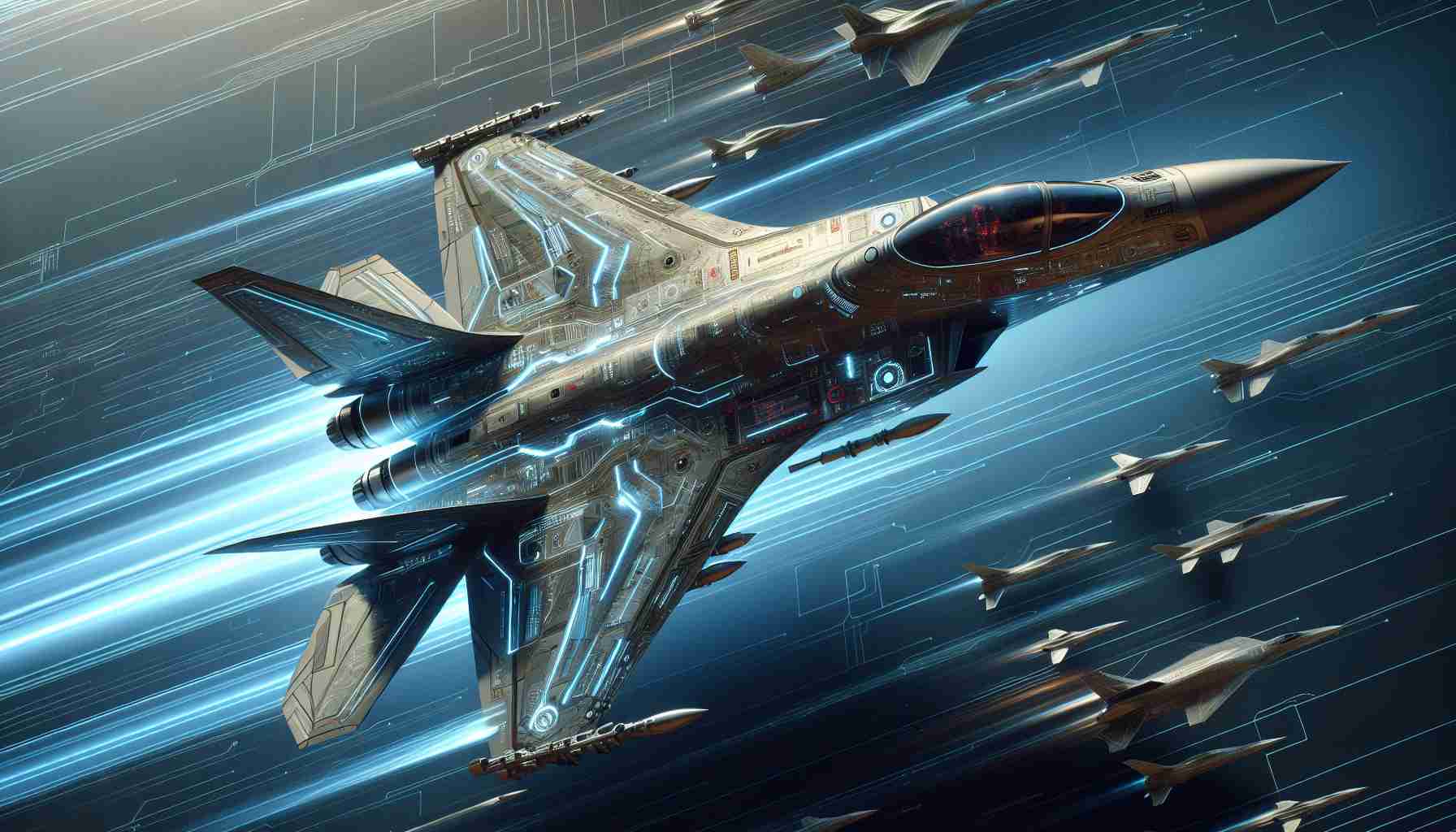The U.S. Air Force is set to make a significant change in South Korea by beginning a phased withdrawal of its A-10C Thunderbolt II aircraft from Osan Air Base starting January 2025. This initiative, which marks a pivotal part of the Air Force’s modernization strategy, aims to enhance the capabilities of fourth- and fifth-generation fighter jets, thereby bolstering U.S. defenses in the Asia-Pacific region.
Strengthening Defense and Deterrence
The modernization plan, which was announced in July 2024 by the Department of Defense, seeks to deter possible threats in the region, particularly from North Korea, while strengthening U.S.-South Korean defense alliances. As part of this plan, the modernization of the Seventh Air Force includes the upgrade of existing F-16 aircraft with advanced avionics. This update aims to align these aircraft closer to fifth-generation capabilities, enhancing their readiness and effectiveness.
Upgrading Combat Capabilities
Meanwhile, the Seventh Air Force’s “Super Squadron” test at Osan Air Base seeks to test the capabilities of an increased roster of F-16 aircraft, furthering integration and training effectiveness. These efforts coincide with upgrades under the Post Block Integration Team (PoBIT) project, enhancing the aircrafts’ lethality with new modifications.
Plans Across the Pacific
Beyond South Korea, Pacific Air Forces units are also preparing for transformation. Misawa and Kadena Air Bases in Japan are set to see new aircraft deployments, such as F-35As and F-15EX Eagle IIs, which offer superior stealth, sensors, and combat capabilities.
Through these advancements, the U.S. Air Force aims to project power, ensure regional stability, and maintain peace across the Indo-Pacific. However, the exact timeline for the full deployment of these new aircraft remains uncertain.
America’s Fighter Jet Overhaul: Impact on Technology and Global Security
The phased withdrawal of the A-10C Thunderbolt II from Osan Air Base in South Korea signals a significant shift in the U.S. Air Force’s strategy. While the focus in the source article is on the modernization of fighter jets at various bases, there is more beneath the surface, particularly regarding technological advancements and global ramifications.
Technological Leap Forward
This strategic pivot underscores a broader evolution in military aviation technology. The increased focus on fourth- and fifth-generation fighter jets like the F-16V, F-35A, and F-15EX signifies not just a replacement, but a transformation—advancing fighter capabilities with technologies like artificial intelligence (AI), superior avionics, advanced radar systems, and enhanced weapons integration. The integration of AI in fighter jets is especially noteworthy, potentially allowing these aircraft to perform complex maneuvers and data analysis that could surpass human capabilities, thereby increasing survivability and mission success rates.
Implications for Global Security
This modernization effort addresses not only the tactical demands of modern warfare but also geopolitical stability, especially in the Indo-Pacific region. The presence of upgraded and stealth-capable aircraft serves as a deterrent against potential aggression from adversaries such as North Korea and China, thereby reinforcing alliances with nations like South Korea and Japan. The United States aims to project power and maintain stability, potentially preventing conflicts through a display of advanced technological prowess.
Controversies and Consequences
The transition, however, is not without controversy. Critics argue that the focus on high-tech solutions might overlook the importance of traditional military hardware. The A-10C, for example, known affectionately as the “Warthog,” has been crucial in ground support roles due to its resilience and firepower. Its withdrawal could lead to a gap in capabilities that newer jets might not entirely fill, raising the question: Is it too early to move away from proven platforms?
Additionally, the cost of such an overhaul raises eyebrows. The development and deployment of fifth-generation fighters are notoriously expensive, and maintaining such a fleet could strain defense budgets, leading to broader discussions on military spending versus other national priorities.
Technological Advancements and Humanity
While military applications are clear, the technological advancements from these new fighter jets can trickle down into civilian applications. AI and autonomous systems developed for fighter jets might eventually enhance civilian air travel, improving safety and efficiency. Innovations in avionics and materials could spur advancements in commercial aviation and other industries.
Advantages and Disadvantages
Advantages:
– Enhanced military capabilities with superior technology.
– Stronger defense alliances and deterrence in the Indo-Pacific.
– Innovations with potential civilian applications.
Disadvantages:
– Potential capability gaps with withdrawal of proven aircraft.
– High costs involved in development and deployment.
– Risk of over-reliance on technology at the expense of tactical flexibility.
The modernization of fighter jets is an intricate web of technology, strategy, and politics. As the U.S. Air Force moves to bolster its fleet, the world watches, weighing the new possibilities against the legacy of the past.
For more insights into military advancements and global impacts, visit Defense.gov and AirForce.com.







